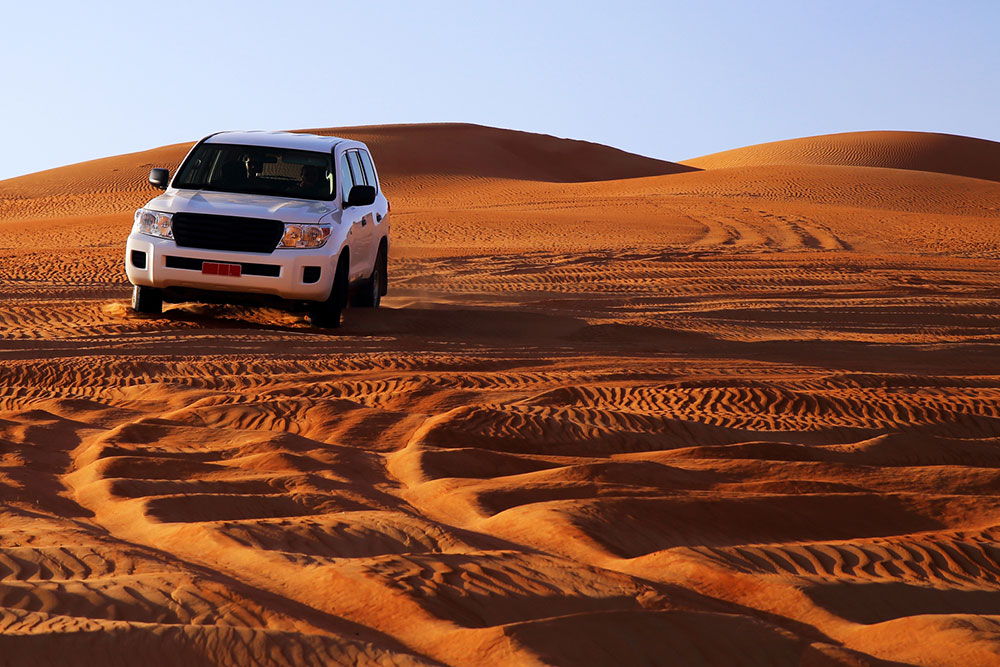
Tire Safety Tips for Going Off Roading
When it comes to car tire safety, having the optimum air pressure in your tires is of utmost importance. The tire air pressure rules are a bit different for when you’re driving on-road and off-road. What may be the right tire pressure on-road may not be the best option off-road. When off-roading, it’s important to air down your car tires. This ensures that your vehicle’s performance is at its best, and also aids in a comfortable drive. Off-roading involves driving on mud, rocks, loose sand, and other objects. In a condition like this, it’s better if a larger surface area of the tire touches the ground.
There are three benefits to airing down the tires when off-roading. Firstly, you get better traction because more surface area of the tire is touching the ground. Secondly, the drive is more comfortable since the tires are softer when they hit obstacles like rocks or boulders. Thirdly, airing down your tires when going off-road also makes it less likely to get punctured when it comes in contact with sharp objects on the trails. However, different kinds of trials require different air pressures.
1. Rocky terrain
Airing down your tires in rocky terrains allows it to mold to the terrain. This increases the footprint of the tires, giving you better traction and control. It’s also less likely that your tires get damaged when and if it rolls over a sharp object.
It’s best to reduce your tire pressure down to 22 psi on such a terrain if you’re driving at low speeds. But make sure that you’re in full control of the throttle and steering wheel to avoid the tires slipping or coming out of its rims. If the condition of the road improves a bit and you want to pick up speed, then inflate your tires up to 28 psi.
2. Rough gravel
You may have to reduce your speed while driving on rough gravel roads for the sake of car tire safety. Whenever you come across such a situation, it’s best to lower your air pressure as well. Now the question that arises is how much pressure should you lower. It depends on the load you’re carrying and the speed of your car. If you’re driving at a higher speed and carrying a heavy load, then you shouldn’t lower the air pressure because more heat is generated in the tires.
A safe bet would be to keep the pressure between 26 psi to 32 psi for rough gravel. Lowering the air pressure when taking on such roads will ensure a comfortable drive, tire flexibility, and ensure even load in the tread area.
3. Dune bashing or sand driving
Dropping air pressure while driving on sand is a must for car tire safety. But how low you drop depends on how soft or coarse sand is. Also, you need to check if it’s dry sand or wet, and how hot the surrounding temperature is. Lowering tire pressure aids it in gliding over the sand and prevents it from digging into it. Drop the air pressure to 16 psi if the sand is particularly soft, fine, and dry. But remember not to drive fast or make sudden steering movements when your car’s tire pressures are this low. But, if you’re driving on wet and coarse sand then you don’t have to air down a lot as the sand will be a bit harder.
Ensure you practice car tire safety no matter what road you drive on. Not following such car tire safety steps will result in tire failure, and can even impact your vehicle performance.



